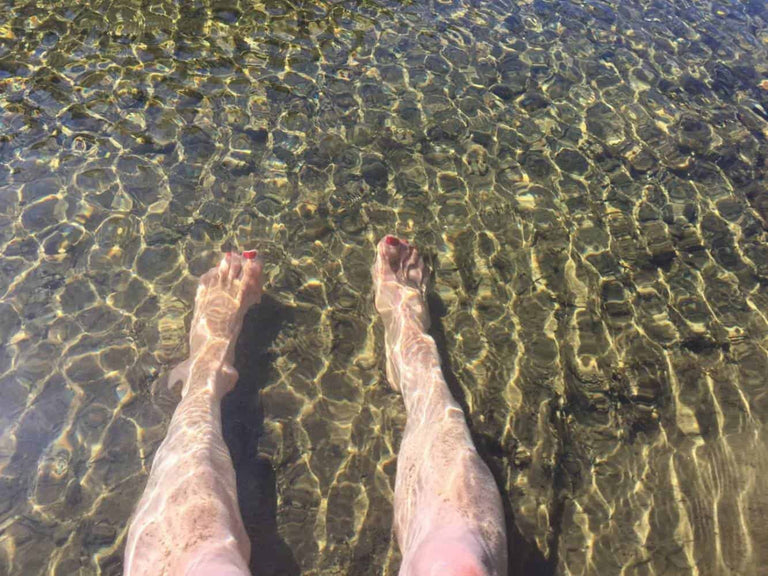Why do elite athletes ice bathe? Is it just another way to make them tough or an out-dated technique backed by no scientific evidence? Or does it impart some magical performance abilities on those brave enough to jump in?
When you are training, soft tissue (muscles, tendons, and ligaments) are challenged to work harder, longer, and faster. When asked to meet these new demands, some of the soft tissue cells are damaged. The body responds to the new demand by repairing the soft tissue in a fashion to meet the new demand. When cells break they leak their contents into the surrounding tissue. These bits of cellular debris and chemicals irritate healthy cells and stimulate nerve receptors to elicit a pain response. This pain response subsequently call in your immune system to start cleaning up the mess and sets the stage for the remodeling phase. When you ice bathe after an intense workout or competition, you are speeding up the “clean-up” process. In an ice bath, tissue is cooled to a point where the blood vessels constrict, temporarily preventing blood from perfusing the soft tissue. The tissue then rewarms and there is a moment where the blood vessels dilate and flood the site with blood. This flood not only pushes out the bits of damaged cells and chemicals that are causing pain, but bathes the area with nutrients needed to repair the damage. Although the brief numbing may be relief for tired muscles, the important part of this process is not cooling the area for a long period of time, but the rewarming phase.
Most athletes will benefit from ice bathing, but not all. Research shows that soft tissue damage for aerobic efforts (such as a long distance run) is most responsive, but anaerobic efforts (such as weight training) may or may not want to ice bath depending on what is in store for their body tomorrow.
Compared to just rest or heat, aerobic athletes that ice bathe demonstrate less pain and better aerobic performance the next day. Anaerobic athletes show less pain and are able to do more reps the day after ice bathing, but their power (ability to lift maximum weight) actually decreases the next day with ice bathing compared to just resting in between workouts. To use this information wisely, ice bathe after hard efforts if the next day is an aerobic training or high rep/ low weight day. Avoid ice bathing if tomorrow’s training schedule calls for maximum muscle power training (such as heavy-weight training or sprint drills).

Though it is debated how long and at what temperature ice bathing is most successful, the consensus is that the benefit is when the tissue rewarms to body temperature (slowly or quickly does not seem to matter) after vasoconstriction. The take home message is to cool soft tissue until it’s numb then warm back up. It is easy to do, just dump a 5 Lb bag of ice in your bathtub, fill it with cold water and sit in it until your legs are numb; about five minutes. If you are an upper body athlete such as a rower, submerge your upper body and dangle your legs out of the tub. If your workout ends at a cool mountain lake, jump in! After a day on the ski slopes, sit in a snowbank before taking a warm shower.
I have found that the first few ice baths are tough; I squirm to stay submerged long enough. But when I regularly ice bathe after hard training days and races, it becomes easy to do it and I actually look forward to it. I do indulge in my favorite recovery smoothie (2 scoops Gnarly Vegan Chocolate Protein Powder, 1T curry powder, a handful of frozen mango chunks, 1c coconut milk and ice blended until smooth) while I’m ice bathing to fuel my tissue repair and as a reward for the ice torture!







